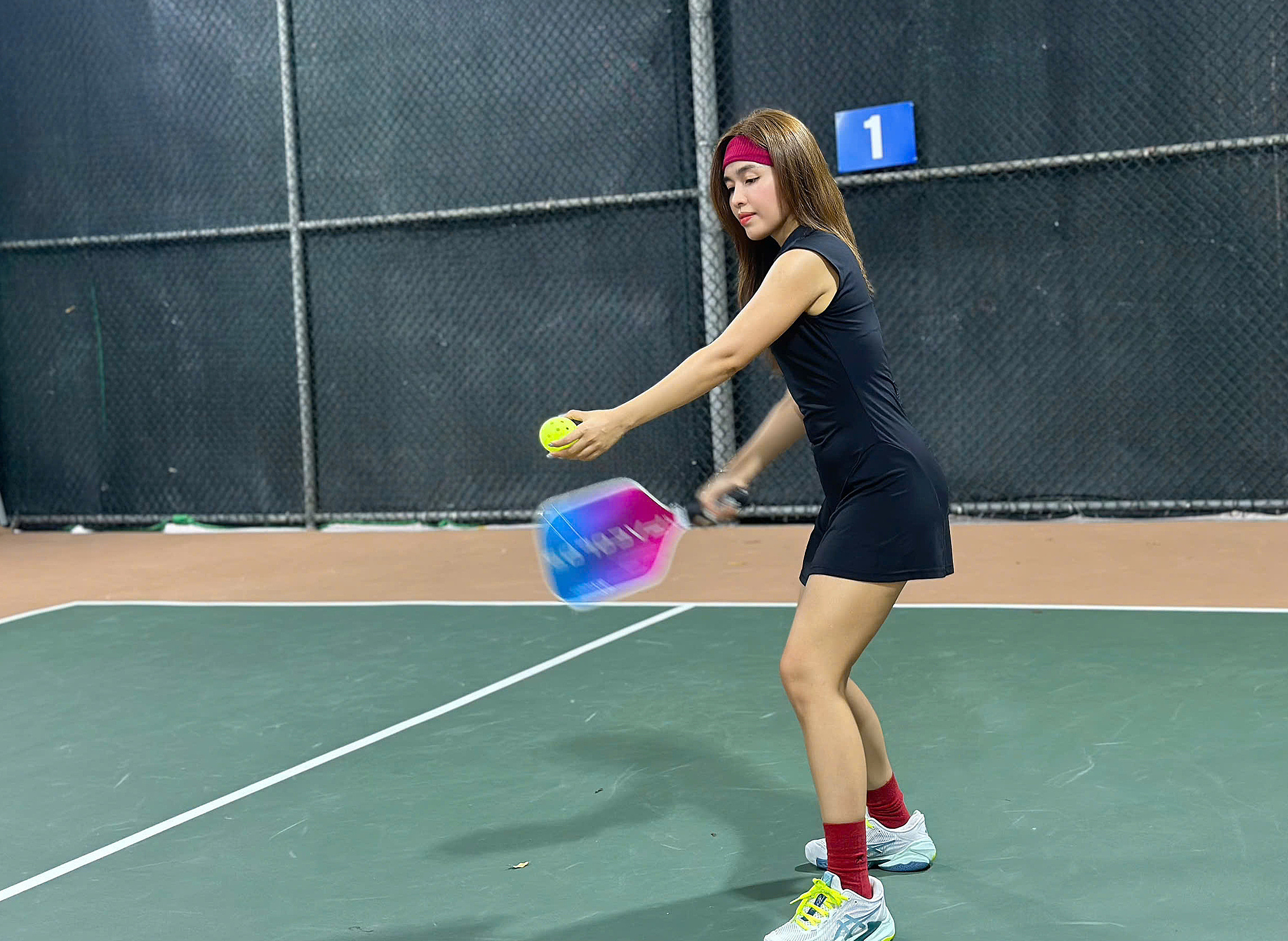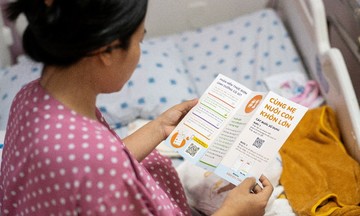Pickleball is considered an accessible sport for various ages and skill levels due to its simple rules, small court, and lightweight equipment. However, like any sport, pickleball players risk injuries, especially to frequently used body parts like knees, hands, and feet, according to Doctor Tran Anh Vu, Head of Sports Medicine and Endoscopy at Tam Anh General Hospital in Ho Chi Minh City.
"Most pickleball injuries are not life-threatening but require prompt treatment to prevent long-term joint damage," Doctor Vu said. Tam Anh Hospital treats an average of 35 pickleball-related injuries weekly. Most patients receive same-day procedures like joint injections, fluid aspiration, joint manipulation, and anti-inflammatory treatment. Some require surgery for serious injuries.
40-year-old Phu, who plays pickleball for 3-4 hours daily, recently experienced knee pain at the end of the day and stiffness after waking up. X-rays revealed stage 2-3 osteoarthritis with narrowing joint spaces and signs of kneecap wear, despite no prior injury or underlying condition. "Frequent pickleball playing, coupled with the postures involved, increases joint pressure, accelerating osteoarthritis," Doctor Vu explained. He added that pickleball requires strong thigh and calf muscles to support the knee bends during play. However, recreational players often lack this muscle strength, and bending their knees can increase pressure on the joint by almost five times, potentially leading to knee overload, accelerated osteoarthritis, or patellar tendinitis.
 |
Playing pickleball poses a risk of injury if not practiced with proper technique. Illustration: Ngoc Pham |
Reaching for the ball can cause hamstring tendinitis, while sudden twisting and directional changes can lead to ligament tears. Wrist injuries, including wrist tendinitis, arthritis, tenosynovitis, carpal tunnel syndrome, and trigger finger, can result from improper grip or hitting technique. 34-year-old Lien, a tennis player who recently added pickleball to her routine, developed wrist pain and swelling. A lump appeared when she flexed her wrist, leading to a diagnosis of a ganglion cyst.
Injuries can also stem from unsuitable equipment like clothing, paddles, and shoes. Players, especially women, are prone to wrist injuries like Lien's due to weaker hand strength or using heavy or improperly sized paddles.
Court surface grip is another risk factor. Slippery surfaces can cause falls, while overly grippy surfaces can hinder movement flexibility. Serious injuries requiring surgery include ligament tears, meniscus tears, Achilles tendon ruptures, and fractures.
For Phu's treatment, doctors injected hyaluronic acid into his knee joint to increase the weight and molecular concentration of endogenous hyaluronic acid. This reduces pain and inflammation, promotes cartilage cell growth, and improves cartilage function.
Lien underwent surgery to remove the ganglion cyst, relieving pain and restoring wrist function. Doctors predict she can resume pickleball in two months with proper technique, posture, and moderate frequency.
 |
Doctors removed Lien's ganglion cyst. Photo: Hospital provided |
To prevent injuries, Doctor Vu recommends playing at a moderate intensity with proper technique, using appropriate-sized equipment, and considering court surface grip. Seek prompt medical attention for sports injuries, as delays or improper treatment can worsen conditions, leading to chronic issues and recurrence.
Phi Hong
* Patient names have been changed
| Readers can submit questions about musculoskeletal diseases here for doctors to answer. |












